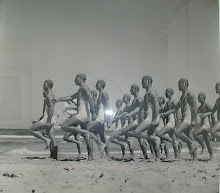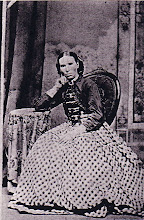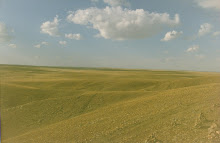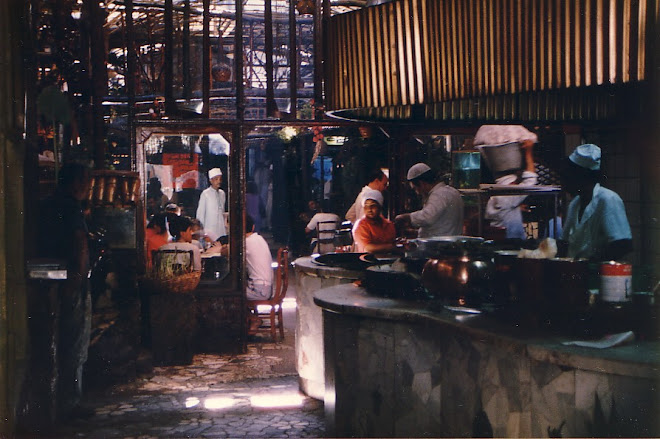Jacques-Henri Lartigue (1894-1986) - A Great 'Amateur'

Jacques-Henri Lartigue trained as a painter, and practised photography as an amateur, something that gave his images a certain freedom from both professional constraints and their often accompanying (and self-conscious) 'artistic' considerations. As a result, his photographs often have something of the quality of snapshots - playful, immediate, uncalculated, unpolished, often less than structured and of the moment.
He was 'discovered' in the 1960's - at the age of 69.
Lartigue was obviously fascinated by many of the themes and obsessions of the various ages during which he took his pictures. And dabbled with a range of styles of the day, selecting what he felt would best reveal the essences of any subject he was dealing with.
So techniques to demonstrate speed and movement in the 1910's and 1920's.
In the opening image, there is the 'leaning' of the racing car to the right with the distortion of the wheels in the same direction, and the 'tilt' of the spectators in the other direction communicating that they are speedily being past by.
Blurring was also commonly used to communicate speed. And frozen moment techniques as a counterpoint to action.





He was often asked how he achieved the second last image above. And would reply 'I just asked her to jump!'.
Lartigue was also drawn to capturing the fashionable and social world.




I particularly love informal quality of the last photo of John Szarkowski, created by its seemingly accidental partial decapitation.
And admire the almost purely formal qualities of the second last image, reminiscent of some of the images of Aubrey Beardsley where the design almost overwhelms the representation, such as in 'The Peacock Cape'.

There were his images in a commercial mode - you see them as you would turn the pages of a magazine of the 20's, 30's, 40's or 50's.





And there were the purely quirky and most 'unprofessional' works - you can just imagine finding these in an old family album recently discovered in the attic.
 1904
1904

Dad was so cute as a kid. And what a funny old thing Great Uncle Cyril was!
Finally, a great landscape ...

... that by its composition and placement of the camera in relation to the sunlight has almost been abstracted out of representation.


















































![C18 Bronze Buddha [Southern China]](https://blogger.googleusercontent.com/img/b/R29vZ2xl/AVvXsEioLkgVKuhDoIHQgM1X6Oe2hGn75yqaj4OJXPmNpumXmQPKxB22S57YS5DVrl1P7zl7BS6EFpAtaNZPze7gzVCRiQI54bwdHhVa4fGr7NOChZwTZoo92gUen6tC5U8gWIy_pv92U0FB38M/s1600/Buddha+%255BBronze%252C+C18%252C+China%255D+1.jpg)




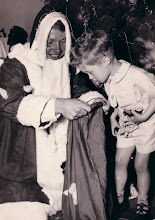







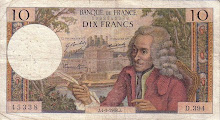
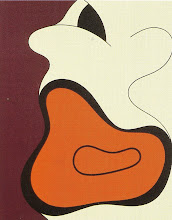+1998+Cropped.jpg)

